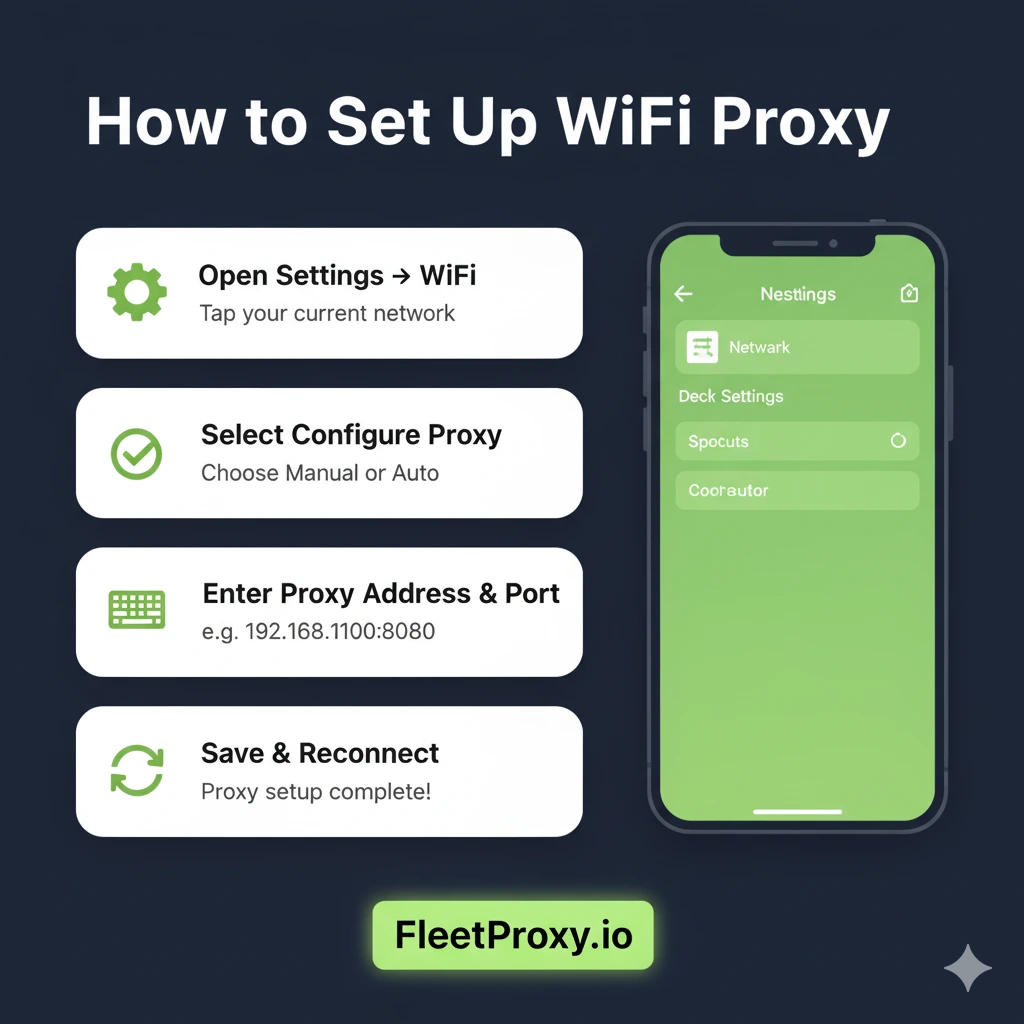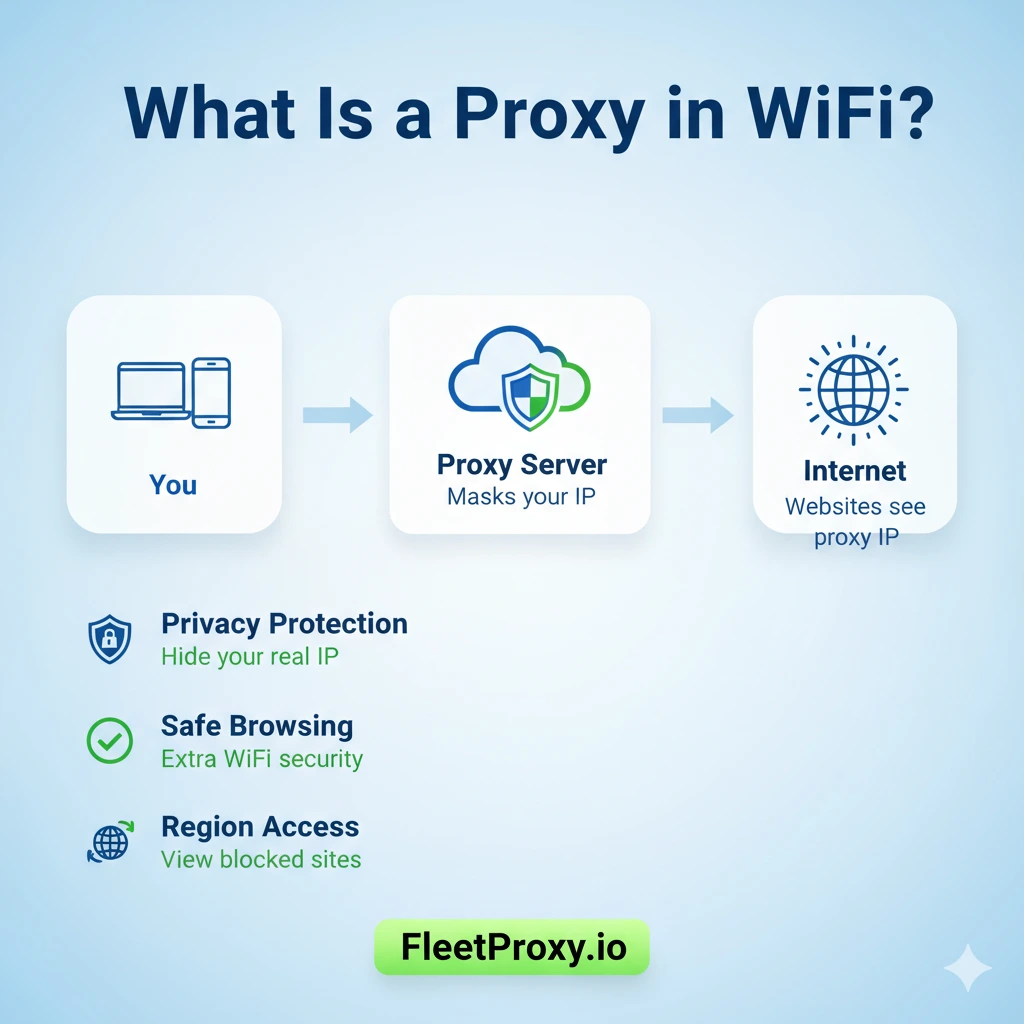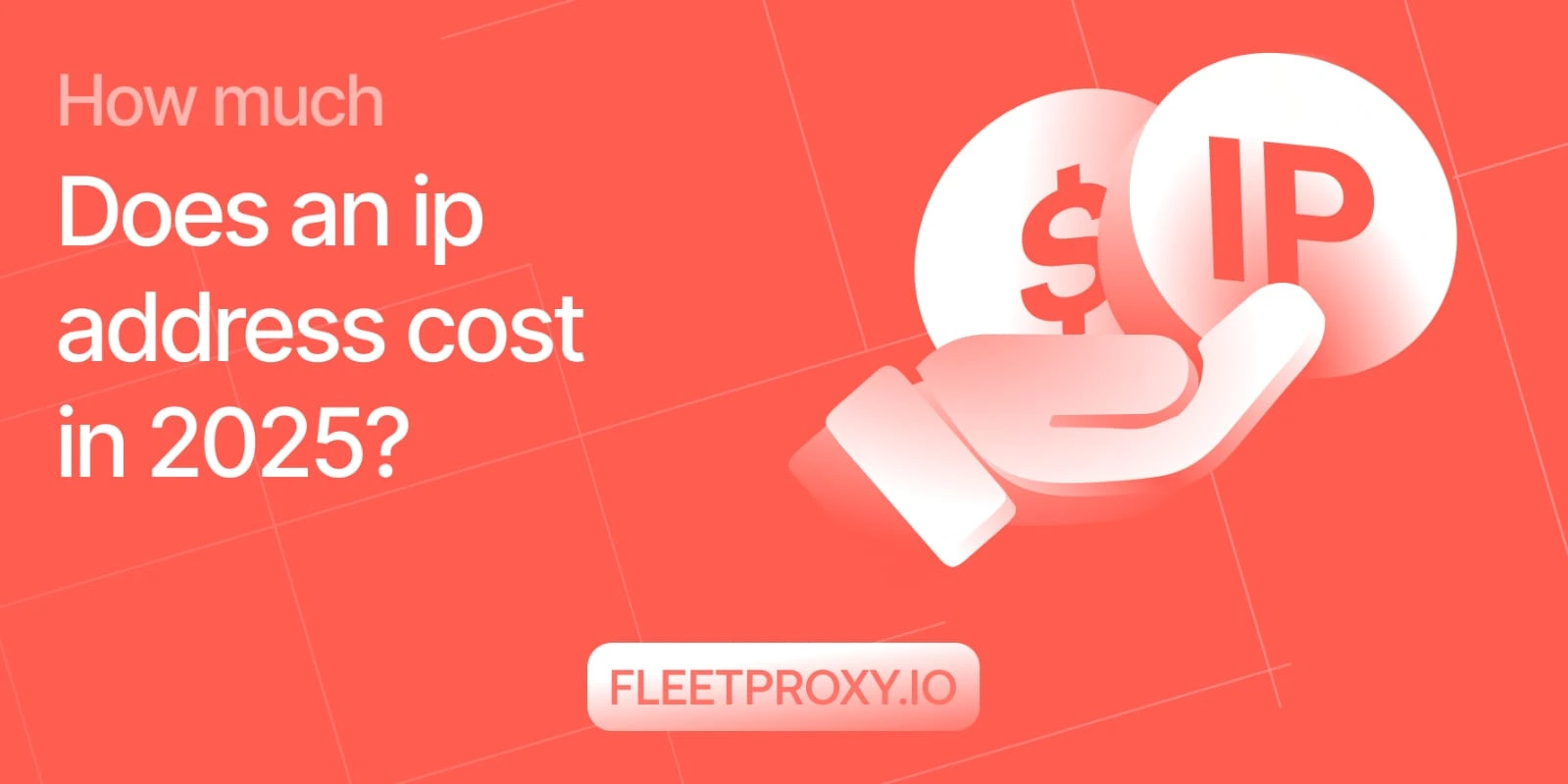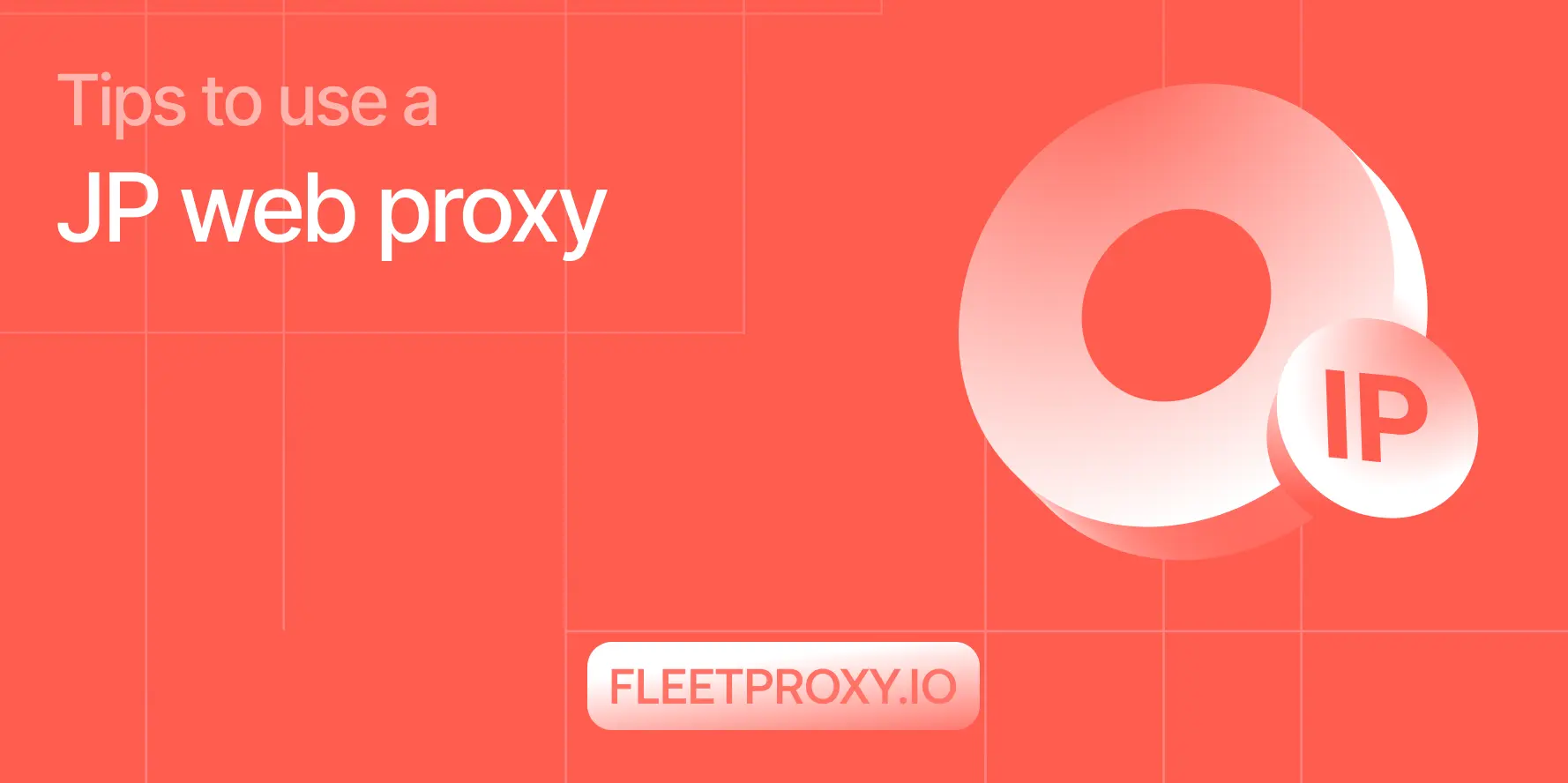What Is a Proxy in WiFi? Settings, Meaning & Setup
News2025/10/25, 10:180 min read
What Is a Proxy in WiFi? Settings, Meaning & Setup
Ever connected to WiFi and seen something called “Configure Proxy”? You might have wondered what a proxy means for WiFi? Or maybe you came across a WiFi proxy address and didn’t know what to do with it.
You’re not alone. Many people see the word “proxy” in their phone or laptop settings, but have no idea what it actually does. The good news is that once you understand it, a proxy can make your internet use safer and more flexible.
Let’s explore what a WiFi proxy is, how it works, and how you can set it up easily.
What Is a WiFi Proxy?
A WiFi proxy is a proxy between your device and the internet. However, A proxy on WiFi means that it does not directly connect to websites on your phone, tablet or computer.
Rather, your request is relayed to the proxy server. The proxy subsequently retrieves the data on the website and transmits it to you.
Also Read: PS4 & PS5 Proxy Servers
Due to this fact, the IP of the proxy server appears in the websites you access, not yours.
Moreover, this is the most basic definition of a proxy; it will mask your real IP and will give you an extra amount of privacy.
Thus, when a person mentions a WiFi proxy address, they mean the special IP or domain name, which your device is connecting to.

Why Use a Proxy on WiFi?
There are several good reasons to use a proxy on WiFi:
1. Protect Your Privacy
A proxy conceals your IP address. That is, it is not so easy to monitor your actual position or identity using websites and apps.
2. Access Restricted Content
There are countries or regions where some websites have been blocked. A proxy will allow you to look like you are looking in a different place.
3. Stay Safe on Public WiFi
Popular WiFi networks, such as those in cafes or airports, are not always secure. A proxy will provide additional security between you and possible hackers.
4. Improve Speed with Cached Data
There are proxy servers which store or cache some websites that you frequently access. However, this can make them load quicker in the future.
5. Control Network Access
Proxies are common in offices or schools to regulate what users can access on the internet. Moreover, this is to ensure safety and productivity.
What Are Proxy Settings for WiFi?
You can find this when you open your WiFi settings, and you can find a menu labelled either Configure Proxy or Proxy Settings. The following are common features of those options:
• Proxy Address: The IP or web address of the proxy server to which you are connecting.
• Port Number: Your device has a communication channel that it uses to communicate with the proxy. Common ports include 8080 or 3128.
• Bypass List: There are settings where you can exclude some websites from using the proxy.
• Automatic or Manual Setup: You may have your device automatically find the proxy or use the proxy manually.
What then is a configure proxy on WiFi is just a way of configuring the WiFi network to access the internet using a particular proxy server.

How to Configure Proxy on WiFi (Android Devices)
If you’re using an Android phone or tablet, here’s how to set up a WiFi proxy step by step:
1. Click on Open Settings, Network and Internet or Connections.
2. Select the network to which you are connected and Tap WiFi.
3. Click on the gear icon or Modify Network.
4. Open Advanced Options.
5. Under Proxy, select either None, Manual or Proxy Auto-Config.
If you pick Manual:
• Enter the proxy address (e.g., 192.168.1.100).
• Enter the port number (e.g., 8080).
• Enter any sites not to go through the proxy.
• Press Save, and again connect to the WiFi.
On iPhones, it’s almost the same:
Go to Settings → WiFi → (i) next to your network → Configure Proxy and fill in the same details.
What Does Proxy Mean for WiFi?
With a WiFi proxy, it implies that your IP address will be hidden and you will have more privacy with internet usage.
It does not secure the information fully in the same way a VPN does, but it can help in protecting your identity.
The proxy settings are limited only to the WiFi network on which you configure them. Switching networks implies either the application of alternate settings or none whatsoever.
To turn off a proxy at any time, turn to None or Auto Detect on your WiFi settings. The majority of home networks do not need one.
There are instances when a proxy can make your WiFi slower as the traffic is sent through a different server.
One of the good proxies, though, continues to browse at high speed and consistency.
VPNs will encrypt all data you have and conceal your IP on all apps, and a proxy will only redirect some of your traffic, typically the browser.
Tips for Using a WiFi Proxy Safely
1. Use trusted proxy servers only - do not use any free or unknown proxy server which can record your information.
2. Check the WiFi proxy address and port twice, and only saving one false number will make your network stop.
3. Turn off the proxy if you cannot use certain sites; your network blocks them.
4. On the public WiFi, access websites that have HTTPS as an additional protection.
5. Switch the proxy off when you do not need it anymore; you do not have to have the home WiFi on the whole time.
6. Speed and performance in testing once having a proxy in place so that it does not slow down your browsing.
Frequently Asked Questions
Q1: Is it safe to use a WiFi proxy?
Ans: Yes! If you use a trusted proxy provider. Avoid unknown or free proxies that could collect your data.
Q2. Do I need a proxy on home WiFi?
Ans: Usually not. Securing home networks has already been realised. Proxies are better for work, research or region-based access.
Q3. Can I use both a proxy and a VPN together?
Ans: Well, yes, but it is not always necessary. VPN already has encryption and IP masking, which is encompassed by a proxy.
Q4. Does a proxy change my IP address?
Ans: Yes. It changes the real IP of your device to the IP of your proxy server, which can conceal your online location.
Conclusion:
So, what is a proxy in WiFi? It is an internet-messaging device that routes your connection via a different server. It conceals your IP, is privacy-providing, and permits viewing of blocked information.
Now that you also know what the proxy settings of WiFi are, how to set a proxy on WiFi, and when a proxy should be used, you have greater control when using the net.
Be it working at home, travelling, or using the WiFi in a public place, a proxy is a clever means of browsing in a safer, more personal and secure way.
More popular posts

How much does an IP address cost in 2025?
The IP address cost in 2025 varies across regions. Larger blocks are cheaper per IP but costly overall, while smaller blocks offer more stability, clarity and security. No matter the option, understanding these trends helps businesses make smarter and more cost-effective decisions

Tips to Use a JP Web Proxy to Browse Japanese Websites Safely.
Have you ever clicked on a link to an exciting Japanese video, a regional news article, or a unique e-commerce site, only to be met with a frustrating error message? "This content is not available in your region." This digital barrier, known as geo-blocking, is a common hurdle for international fans of Japanese culture, researchers, and expats alike.

Taco Proxy Review 2025: Setup Guide with Pros & Cons
Taco Proxy is a service that provides HTTP, HTTPS, and SOCKS5 proxy servers, acting as an intermediary between your device & the internet to hide your original IP address.





